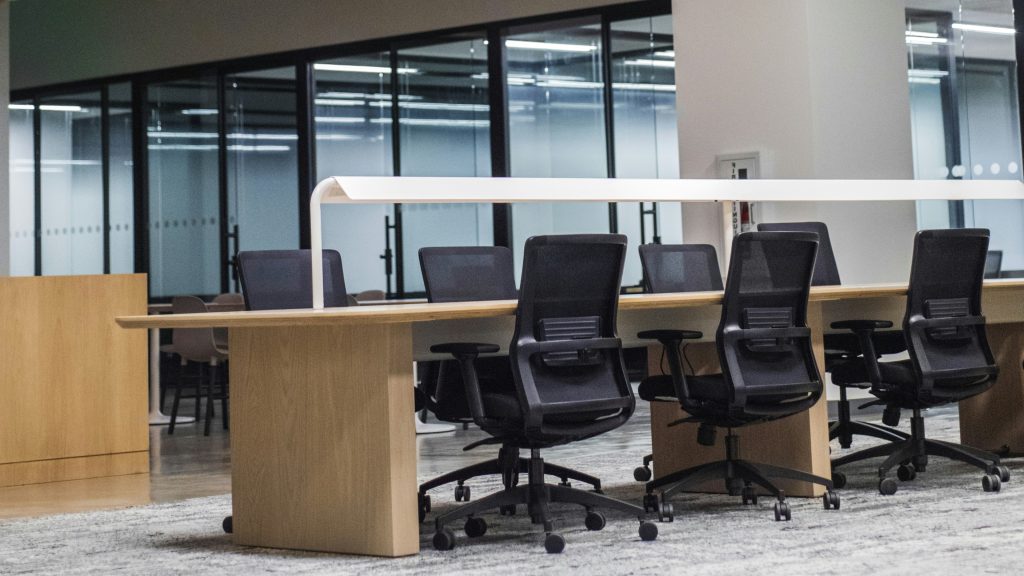Maximizing Value: How to Extend the Lifespan of Your Used Office Furniture
Maximizing Value: How to Extend the Lifespan of Your Used Office Furniture
Transforming Old into Gold: Strategies for Longevity and Value

In the fast-paced world of business, adaptability and sustainability are key. As companies grow and evolve, so do their office spaces. Whether it's downsizing, upgrading, or simply refreshing the workspace, one common challenge remains: what to do with the old office furniture? Many businesses overlook the value that used office furniture still holds and hastily dispose of it. However, with the right approach, you can maximize the value and extend the lifespan of your used office furniture, benefiting both your bottom line and the environment.
Assessment and Inventory Management
Before making any decisions, start by conducting a thorough assessment of your current office furniture inventory. Identify items that are still in good condition, those that need minor repairs, and those that are beyond repair. This step is crucial for developing a strategic plan for your furniture assets.
Utilize inventory management software to keep track of all furniture pieces, including details such as purchase date, condition, and current location. Having a centralized database will streamline the process and help you make informed decisions about which items to retain, refurbish, or dispose of.
Refurbishment and Repair
Refurbishing used office furniture is a cost-effective way to breathe new life into outdated or worn-out pieces. From reupholstering chairs to refinishing desks, there are numerous options for refurbishment depending on the condition of the furniture and your budget.
Partner with reputable furniture repair companies that specialize in refurbishing office furniture. They can assess the condition of each item and provide recommendations for repairs and upgrades. By investing in refurbishment, you can significantly extend the lifespan of your office furniture while saving money compared to purchasing new items.
Creative Repurposing
Get creative with how you repurpose your used office furniture. Instead of disposing of old desks and chairs, consider alternative uses that can give them a new lease on life. For example, repurpose old filing cabinets as storage units or convert conference tables into collaborative workspaces.
Encourage employees to brainstorm ideas for repurposing furniture in their own work areas. Not only does this foster creativity and collaboration, but it also reduces the need for additional furniture purchases.
Donation and Recycling
For furniture items that are no longer usable or practical for your organization, consider donating them to local charities, schools, or nonprofit organizations. Many communities have furniture donation programs that accept gently used office furniture and redistribute it to those in need.
If donation is not an option, explore recycling options for furniture materials such as metal, wood, and plastic. Recycling helps reduce waste and minimizes the environmental impact of disposing of used furniture in landfills.
Strategic Planning for Future Needs
Finally, incorporate strategic planning for your office furniture needs into your long-term business strategy. Instead of viewing furniture as disposable assets, consider them long-term investments that require careful planning and management.
Evaluate your office furniture needs regularly and adjust your inventory management strategy accordingly. By taking a proactive approach to managing your furniture assets, you can maximize their value and contribute to a more sustainable workplace environment.
Extending the lifespan of your favorite office chair is entirely achievable with a little care and attention. By assessing its condition, making necessary repairs, exploring customization options, and practicing preventive maintenance, you can keep your chair looking and feeling as good as new for years to come.
